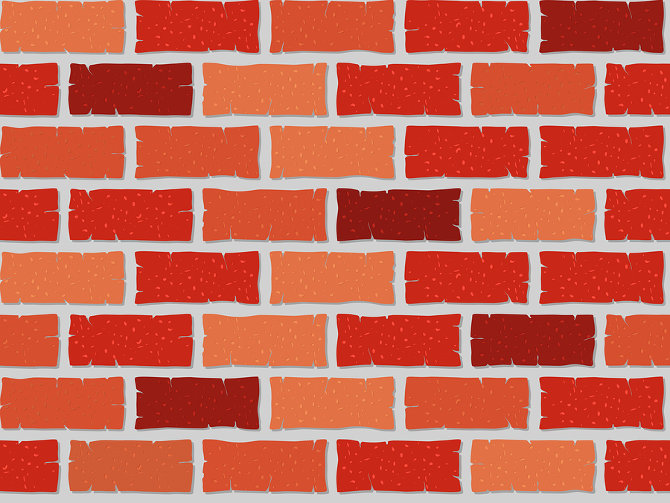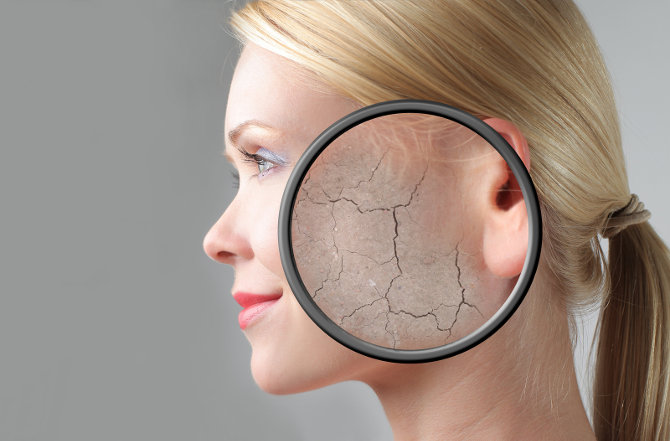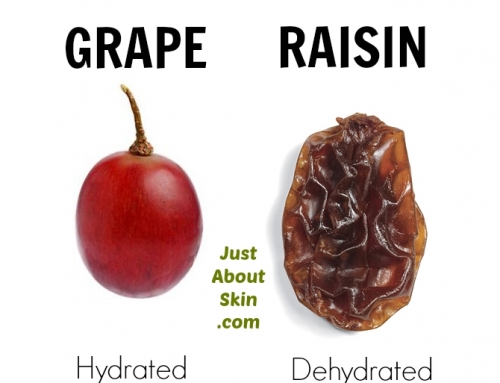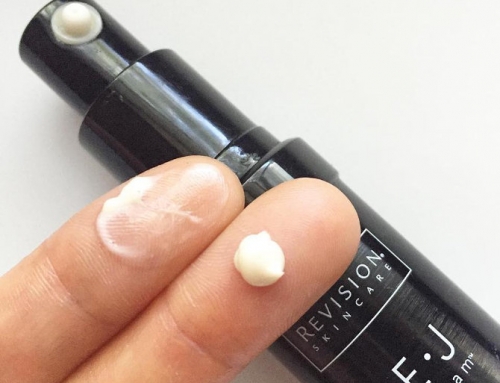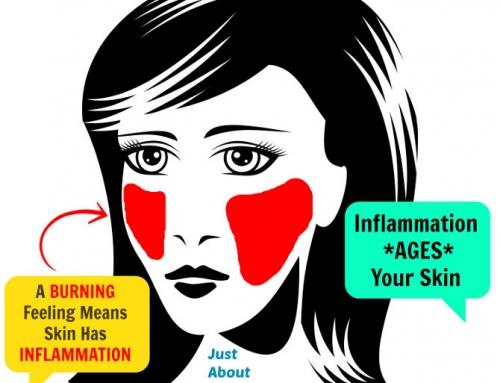In my last post on Skin pH, I introduced the concept of the Acid Mantle, which refers to skin’s natural acidity. This acidity forms a protective barrier against microorganisms.
Today, I continue the topic of how skin protects itself by introducing a related concept, the Barrier Function. This is important to understand, especially if you have sensitive, dry, or damaged skin.
It is a term that describes the bricks and mortar structure of the epidermis (specifically, the Stratum Corneum, the outer layer of skin). The Stratum Corneum looks like a brick wall. The bricks are the corneocytes (dried out skin cells that are ready to shed). The mortar is the intercellular matrix, which is composed of lipids.
This brick wall structure makes the skin impermeable to foreign invaders, such as irritants, allergens, and microrganisms.
This brick wall also prevents water loss (called transepidermal water loss). The lipids (in the mortar) are responsible for maintaining the skin’s hydration, firmness, and smoothness.
Do you wonder why your skin gets dry, flaky, or sensitive?
This is usually due to a damaged Barrier Function. When those lipids in the mortar are damaged or depleted by harsh products and environmental conditions, skin becomes more permeable to irritants and allergens. Once irritants or allergens penetrate the epidermis, they cause inflammation.
Sensitivity, irritation, stinging, flakiness, dryness, and dehydration can result from a damaged Barrier Function.
It’s important to maintain a strong Barrier Function for healthy skin. It’s even more important if you have sensitive skin.

